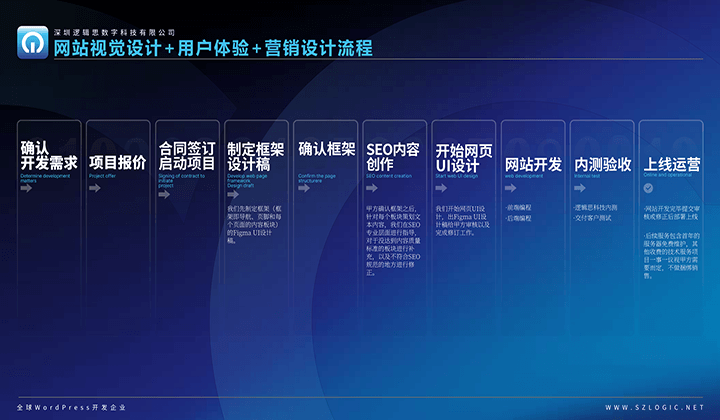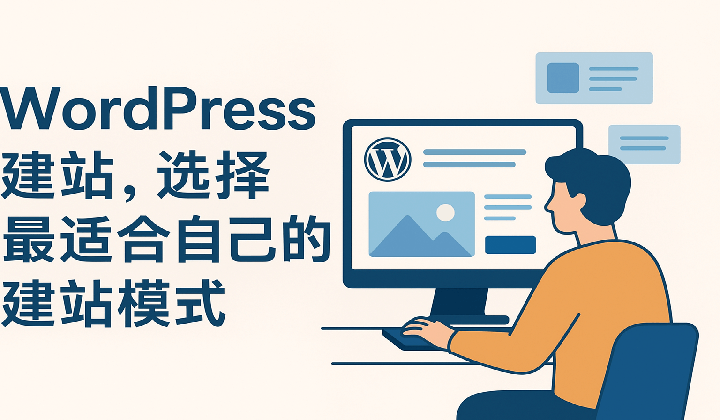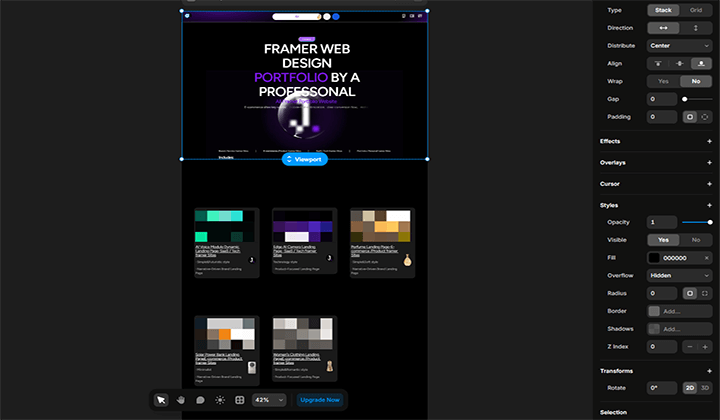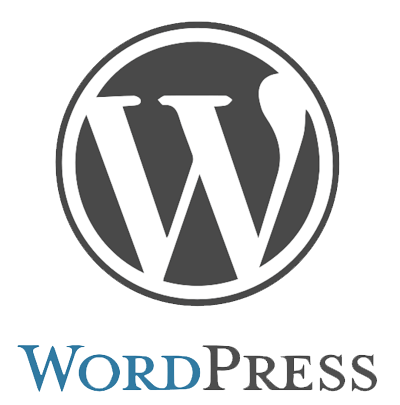WordPress Company (Corporate) Website Creation
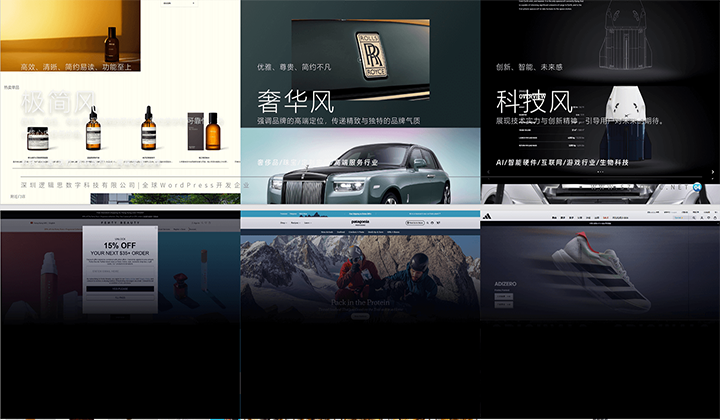
Before officially starting to build a corporate website with WordPress, it’s necessary to clarify one key question: is WordPress really suitable for building a corporate website? After all, among the many domestic and international site-building tools and platforms today, there are open-source systems like WordPress, Joomla, and SaaS platforms like Wix, Squarespace, and Shopify, each with different positioning and use cases.
Take Shopify as an example. As a SaaS site-building platform focused on e-commerce, its functional architecture is naturally centered on product sales, inventory management, and order processing. If we try to use it to build a brand-focused corporate website, it would obviously be “working at cross purposes.” This isn’t a flaw of the platform itself—it’s simply that its core feature set doesn’t match corporate website needs.
In contrast, WordPress—especially the WordPress.org version we usually mean—is an open-source system. This means you have complete control over customizing your site’s structure, features, and interface. Open source doesn’t impose “usage limits”; it’s more like a toolbox for building sites, depending on your development ability and goals. As long as the requirements are clear and the technology choices are appropriate, WordPress can not only handle corporate website development but can also be expanded to e-commerce, membership systems, content platforms, and more.
Of course, this doesn’t mean WordPress is omnipotent. If you want to build a giant multi-vendor platform like JD.com or 1688, you’d need a dedicated system architecture and underlying logic that go beyond WordPress’s original intent and framework. Returning to corporate websites themselves—their core is brand image presentation and information delivery, and these are exactly what WordPress excels at with its content management and flexible design capabilities.
In addition, compared to certain closed-off, tightly positioned SaaS site-building tools, WordPress better meets Chinese companies’ demands for "localized visual style," "freedom to customize content structure," and "integrated marketing capabilities." So if you want to create a website that reflects your corporate image while offering flexibility, expandability, and strong content management features, WordPress is undoubtedly a top option to consider.
Although while writing this article I’ve aimed to keep the content manageable—around five sections and under 10,000 words for easy, complete reading—I’ve still organized a table of contents below to improve navigation and reading flexibility. You can click on any section title to jump straight to the content you’re interested in.
- Why Choose WordPress to Build a Corporate Website?
- Preparation Work Before Building a WordPress Corporate Website
- Page Structure and Web Design for WordPress Corporate Sites
- Installing WordPress and Building Web Elements
One、Why Choose WordPress to Build a Corporate Website?

Among the many site-building solutions available, WordPress has become the preferred system for corporate website development for good reason. Its core advantages lie in extensibility, efficient content management, ease of maintenance, and its SEO-friendly nature—all of which directly or indirectly help companies reduce both upfront development and ongoing maintenance costs.
Below, we'll break down the unique advantages WordPress offers for corporate website development from several key angles:
Mature and User-Friendly Content Management System (CMS)
WordPress was born as a content publishing platform, and its admin interface is clean and intuitive. It supports rich text formatting, categories and tags, page hierarchy management, and more—making it extremely convenient for companies to maintain ongoing updates like news releases, product updates, and case studies. Even without professional developers, it's easy to manage.
Highly Extensible Website Features
Thanks to its plugin ecosystem, WordPress can easily integrate forms, live chat, membership systems, multilingual support, marketing tools, and more. It supports flexible upgrades from a simple showcase-style website to a lightweight e-commerce site. This extensibility means businesses can iterate on features as they grow, without having to replace the entire system.
SEO Friendly, Boosts Business Visibility
WordPress has a huge global user base; statistics show that over 43% of all websites worldwide are built with WordPress (Source: W3Techs, 2025). This means major search engines are highly familiar with the HTML structure and DOM tree logic generated by WordPress, and are optimized to recognize and crawl its content.
WordPress itself has clear semantic code structure and standardized HTML tag usage. Combined with its default friendly and well-organized permalink structure, it’s easy for search engines to index and include pages. Additionally, most themes support structured data (Schema Markup), Open Graph tags, and responsive layouts—all essential parts of modern SEO.
When paired with powerful SEO plugins like Yoast SEO and Rank Math, businesses can flexibly set each page’s title, meta description, keywords, Open Graph tags, and XML sitemap—further improving their search ranking performance.
Because WordPress’s architecture aligns so well with how search engines work, it naturally has an advantage over more obscure or closed-off site builders when it comes to gaining organic traffic. This is why it’s the CMS of choice for so many content-heavy sites, news outlets, and even one of Google's own recommended CMS options.
Low System Maintenance Costs, High Security with Updates
WordPress has a massive community and an active developer ecosystem, with stability and security that have been proven over time. The core system and plugins are regularly updated with patches from both official sources and third-party developers, allowing companies to keep their sites running securely and reliably without incurring high maintenance costs.
Two、Preparatory Work Before Building a WordPress Corporate Website

Building a corporate website doesn’t start with installing WordPress—it begins with foundational infrastructure preparation that determines whether the project will proceed smoothly and efficiently. It’s recommended that companies communicate thoroughly with their technical team at the early stages of planning to ensure all these critical steps are ready, laying a stable foundation for the subsequent design and development phases of building a WordPress corporate site. Whether you’re using WordPress, another website builder, or any type of web system, you must complete a series of basic infrastructure preparations before formally entering the design and development stages.
From a technical perspective, the operation of any website relies on several core elements: domain name, server, website runtime environment, and the essential information required for the site. Below, we will go through these key preparatory components one by one.
Register and Configure Domain Name
A domain name is your business’s “address plate” on the internet. It’s recommended to choose something short, memorable, and reflective of your brand name or business direction. Common TLDs include .com, .cn, .hk, .net, etc., which you should choose based on your target audience and brand positioning. After registration, log into the domain management console to set DNS records (like A records, CNAME, etc.) to point the domain to your server IP, ensuring visitors are properly redirected to your corporate website.
Choose a Suitable Hosting Plan
The server hosts your website files and data. For a WordPress corporate website, it’s recommended to use a server supporting various versions of Linux. Common options include:
- Shared Hosting: Low cost, suitable for small to medium showcase-style corporate sites.
- Cloud Servers (like Alibaba Cloud, Tencent Cloud): Flexible resource scaling, ideal for businesses with moderate traffic or growth plans.
Set Up Website Operating Environment
WordPress depends on a PHP and database environment. It’s recommended to pre-install LNMP (Linux + Nginx + MySQL + PHP) or LAMP (Apache) architecture, or use graphical management tools like cPanel or BaoTa Panel for easy deployment and ongoing maintenance. It’s also recommended to enable an SSL certificate (https encrypted access) to not only improve site security but also help with SEO rankings.
Prepare Required Site Materials and Information
Before building the site, it is recommended that the company organize the following basic materials to facilitate subsequent content filling and page design:
- The main logo and secondary logo of the company or brand
- The VI manual of the company or brand (if available)
- Brand colors (if available)
- Brand introduction, service details, and contact information
- A list of website functions, such as whether multilingual versions, online forms, map location, and other features are needed
Three、Page Structure and Web Design of WordPress Corporate Websites
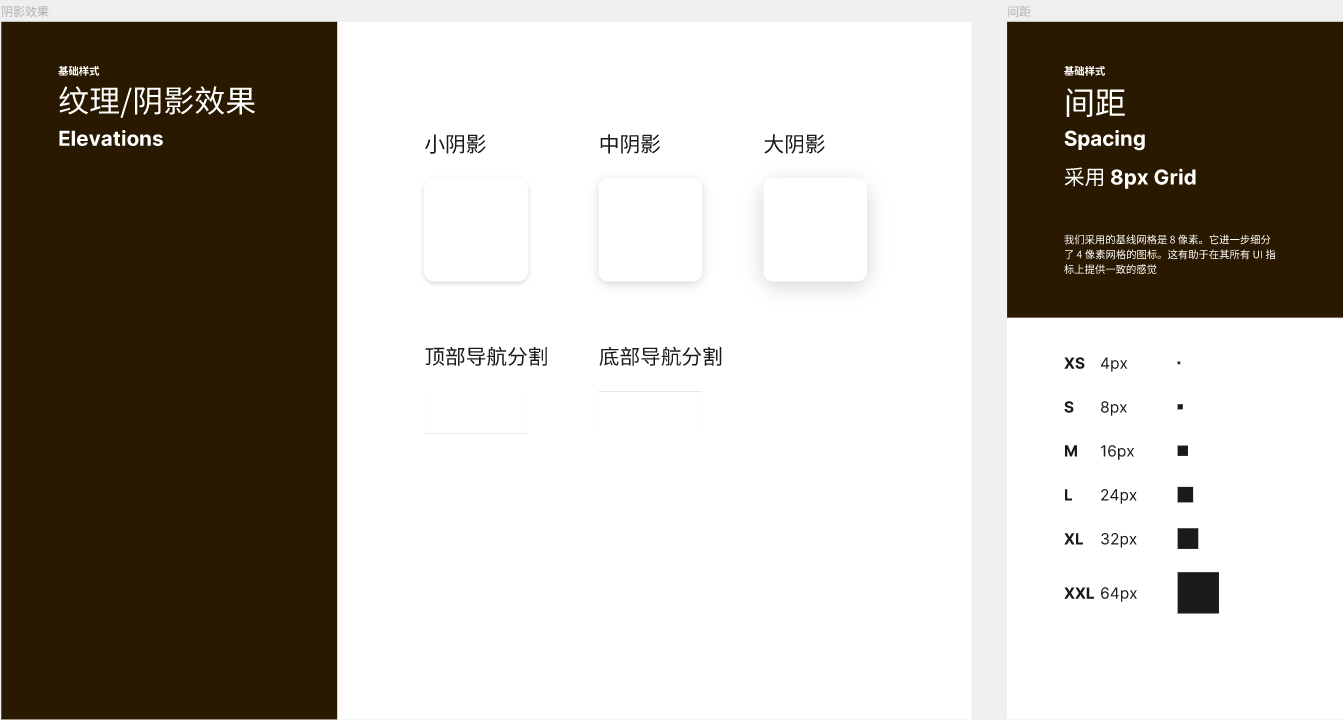
The page structure and visual design of a corporate website are not just about looking "good," but need to be comprehensively considered from multiple dimensions such as user journey, SEO optimization, brand tone, and local aesthetics. In the construction of corporate websites for Chinese local companies, if there is no involvement of user login, interactive functions, or backend data systems, the core task of the official website often focuses on showcasing corporate image, conveying brand philosophy, and enhancing credibility. Therefore, in terms of structural design and visual presentation, corporate websites have their distinctive and practical characteristics.
Flat Website Structure: Beneficial for Display and SEO
Most corporate websites tend to adopt a flat website structure, meaning fewer page hierarchy levels, allowing users to quickly click from the homepage to access secondary or even deeper pages. This structure not only improves user browsing efficiency but also better complies with SEO technical specifications — search engines find it easier to index pages with short paths and fewer navigation levels, which helps improve the website’s overall visibility and ranking. Additionally, a flat structure facilitates future expansion, such as adding new sections or new product pages, without causing structural chaos, which is conducive to long-term maintenance. Common page structures may include:
- Homepage (Company overview, visual guidance)
- About Us (Company introduction, team culture)
- Services or Product Center (Image and text display, categorized)
- News Center (Updates, media reports)
- Cases or Clients (Authentic endorsements, boosting trust)
- Contact Us (Forms, maps, phone, etc.)
Web Design Style: High-End Expression with Local Aesthetic Orientation
The corporate website is not just a display platform but also an extension of the brand image. Therefore, web design often emphasizes visual aesthetics and consistency with the brand tone, especially for companies targeting the mid-to-high-end market, where the website design must possess a certain "elegance."
For local Chinese users, the visual impression of "high-end and grand" often corresponds to a clean, dignified, steady, and understated design style. Unlike the Western and European markets, which prefer large areas of white space and personalized creativity, Chinese corporate clients tend to favor:
- Clear structural divisions that emphasize logical clarity of information;
- Large images with text and sober color schemes (such as blue, gray, gold);
- Font choices mainly of Song, Hei, or Source Han series, which are steady and easy to read;
- Moderate animations that do not interfere with information delivery but avoid being "rigid."
Additionally, the visual design is often customized based on corporate culture and industry characteristics. For example, technology companies often use blue-gray tones, the financial sector prefers dark blue with metallic textures, and design industries lean more toward artistic layouts and whitespace.
Four、Installing WordPress and Building Webpage Elements
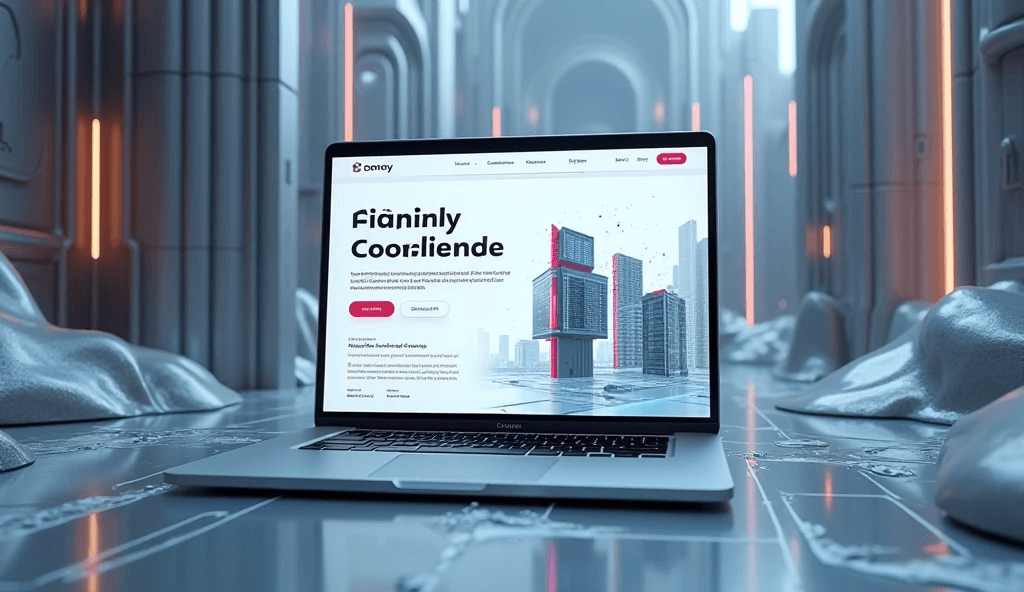
Installing WordPress and building webpage elements are core steps in building a corporate website. Once the project enters the technical development phase, the first step is to complete the installation of the WordPress system and begin constructing webpage content. This stage includes deploying the server environment, configuring WordPress, and gradually building the webpage structure. Proper technical execution will directly impact the website’s performance, maintainability, and efficiency of future content updates.
Deploy Server and Install WordPress
After completing preliminary preparations (such as domain and server configuration), companies can begin deploying the WordPress runtime environment. It is generally recommended to use PHP 7.4+ and MySQL 5.7+ configurations. It is also advised to enable HTTPS and implement basic security hardening (such as changing default login URLs and limiting brute-force login attempts) to establish a stable foundation for subsequent website operation. The WordPress installation process is relatively straightforward, and most server platforms (such as BT Panel and cPanel) support “one-click installation.”
Choose an Efficient Page Builder: Recommended Elementor
Among many WordPress page builders, Elementor is currently the most widely used and community-active visual editor worldwide. It supports drag-and-drop editing, real-time preview, and offers numerous reusable templates and components, making it very friendly to users without programming experience. The blogger recommends companies prioritize Elementor for site building because:
- Its plugin ecosystem is mature, with abundant problem-solving resources, allowing quick solutions to technical issues;
- The Pro version supports advanced features like dynamic content, theme builder, and WooCommerce page design, suitable for businesses needing extended functionalities.
Page Building Process and Structure Guidelines
The construction of corporate website pages should follow a design logic from the homepage to inner pages. The homepage serves as the website’s entry point and should be completed first to define the overall style and module layout. Then, internal pages such as “About Us,” “Products & Services,” “News,” and “Contact Us” can be created sequentially. Structurally, each page typically consists of three major parts:
- Header: Includes navigation bar, logo, language switcher, etc., shared site-wide;
- Body: The main content area of the page, customized according to page type;
- Footer: Contains contact information, registration info, secondary navigation, copyright, etc., also shared site-wide.
Since the Header and Footer are global modules, it is recommended to develop and fix their styles early in the website construction, then proceed to develop the main content sections (Body) of each page based on their content. This sequence helps unify the website style and improves efficiency and consistency in page production.
Conclusion
Through this article, we have systematically outlined the entire process of building a corporate website using WordPress, from preparation, website structure design, visual aesthetic positioning, to WordPress installation and page construction workflows. For companies seeking efficient brand image establishment, optimized content management, and future scalability, WordPress is undoubtedly a flexible and controllable website building system.
Of course, corporate website construction is not only a technical implementation but also a comprehensive expression of brand strategy and user experience. Only by clarifying goals and positioning, and combining local market aesthetics with international technical standards, can a truly valuable corporate website be created. If you are planning to build or rebuild a corporate website, WordPress deserves serious consideration.
Finally, if you want to entrust your corporate website project to a professional team for design and development, feel free to contact Logic Thinking Digital Technology. We will provide integrated website building solutions based on your brand positioning and business goals—from visual design and user experience to functionality implementation—to help companies efficiently build professional websites that meet market and technical standards.
This article is copyrighted by Logic Digital Technology (SZLOGIC) . Personal sharing and learning are welcome. Unauthorized use for any commercial purposes or reproduction of this article is strictly prohibited.



